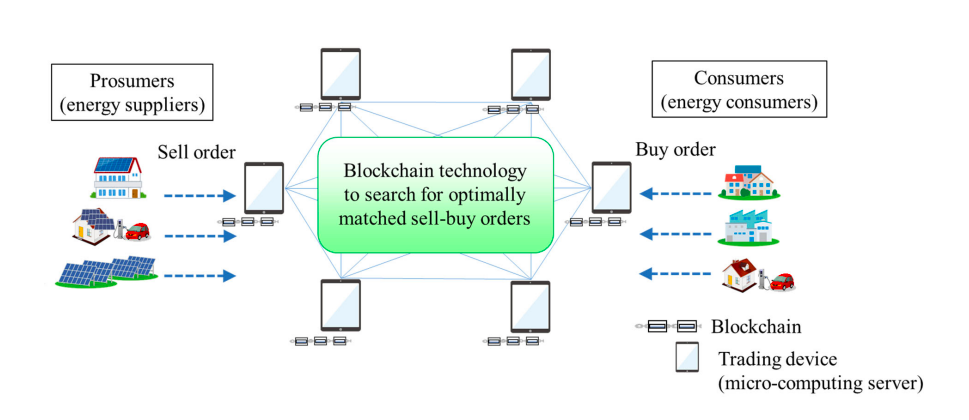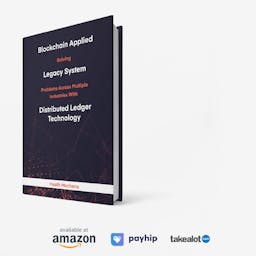
Peer-to-peer (P2P) energy trading involves the buying and selling of energy between grid-connected parties. The exchange of energy that is generated decentrally promises to optimize renewable energy flows. When a party produces excess energy they are able to share with others without third party involvement. This type of energy sharing is what is also referred to as peer-to-peer energy trading or Virtual Net Metering (VNM).
It also means that prosumers have financial benefits and consumers can obtain energy savings. For instance, when P2P energy trading, a solar photovoltaic (PV) producer has the ability to sell excess solar electricity on an energy trading platform to another consumer at a much competitive rate compared to the tariff’s charged by normal conventional retailers.
Such a setup affords participating consumers the choice of purchasing solar electricity offered P2P and also from the grid. In this case a grid operator is compensated with a fee while the retailer operating the energy trading platform is also compensated with a fee.
What Technologies are Enabling P2P Energy Trading?
According to research by the International Renewable Energy Agency (IRENA), some of the technologies include blockchain which could potentially enable consumers to share their excess energy amongst one another and control how it’s distributed through microgrids. By utilising blockchain technology, transactions can be made public and incorruptible, creating full transparency. The first recorded p2p energy trade took place in 2016, in Brooklyn, New York when a resident who possessed solar panels sold a few kilowatt hours of the energy produced to a neighbour via the Ethereum blockchain. Find out more about some of the projects in the blockchain and cryptocurrency space that are working on solutions in the energy markets here.

Other technologies that can be incorporated into P2P energy trading ecosystems include:
- Internet of Things
- Artificial intelligence
- Big data
- Utility scale batteries
- Behind-the-meter batteries
- Electric-vehicle smart charging
- Renewable mini-grids, power-to-heat, and power-to-hydrogen
- Supergrids, and
- Flexibility in conventional power plants.
P2P Energy Trading Business Models
- Aggregators
- Peer-to-peer electricity trading
- Energy-as-a-service
- Community-ownership models
- Pay-as-you-go models
P2P energy trading is undergoing trials across the world. These typically look at how it might change energy generation and consumer attitudes towards renewable energy. P2P technology could make it possible for households with their own power generation installations to sell electricity directly to each other, allowing rooftop solar generators to trade via an online marketplace and essentially cutting power companies out of the process.
Technically, P2P energy trading is feasible and may be able to facilitate the delivery of low-cost renewable energy. Many pilot projects have been undertaken to prove the viability of such markets if allowed to develop. However, according to some researchers, there are still barriers including the recent working-from-home paradigm which some suggest could threaten P2P business models in urban settings because there’d be less energy to trade going forward due to increased home use. The fact is, in order for P2P energy trading to thrive in any communities, critical technical, regulatory, and policy requirements would need to be met.
Looking ahead, it appears that the proliferation of prosumers could generate opportunities to have more decentralized and open energy markets. Nonetheless, there’s still a long way to go as far as being able to successfully implement real-world P2P energy trading models. Considering the many challenges that need to be overcome, it’s essential to have continued research into integrating generation, transmission, and distribution, particularly where it concerns large-scale implementations, and the modeling of consumer and prosumer complex behaviors.
Even though P2P energy trading is not at the stage of mass integration yet, the idea is being adopted as a viable future solution. What’s revolutionary about this movement is that consumers can be free from reliance on utility retailers for their energy, and will be able to make smarter and more sustainable choices with regards to how they use and distribute energy.
The hope is that as the technologies that allow the harnessing of clean energy for p2p consumption and distribution continue to develop and be tailored to align with market demand, more effective use of surplus energy from renewables can be achieved. By creating trading environments that respond to shared trading needs in a flexible way, especially when it comes to maximizing the amount of surplus electricity available in the market at any given time, doors to wider commercialisation can be opened.







